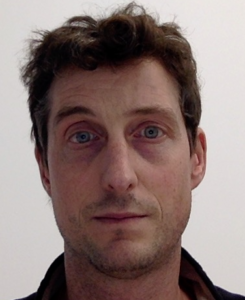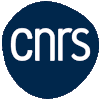 On December 18, we have the pleasure to welcome Thibaut Devolder from C2N-CNRS at Orsay, France. He will give us a seminar at 14:00, CEA/Spintec, Bat. 1005, room 434A entitled :
On December 18, we have the pleasure to welcome Thibaut Devolder from C2N-CNRS at Orsay, France. He will give us a seminar at 14:00, CEA/Spintec, Bat. 1005, room 434A entitled :
An experimentalist view of the Gilbert damping in FeCoB/MgO systems
CoFeB/MgO based magnetic tunnel junctions are of central importance for the memory applications of spin electronics. The Gilbert damping – the rate at which the energy leaks from the magnetic dynamic degrees of freedom to the thermal bath – is an important material parameter in magnetic memory technologies as it determines how energy efficient is the storage. In this seminar, I will describe the phenomenology of Gilbert damping in magnetic metals and in FeCoB systems in particular. I will discuss the influence of the deposition conditions, of the boron content, of the encapsulation material and of heavy metal contaminants onto the Gilbert damping in memory-relevant magnetic stacks. Finally, I will show how to measure electrically the spin-wave density of states in small memory devices and how to treat the data to determine the damping at device level and get information on its potential spatial variations within the nanodevice.
This seminar is meant for scientists that are already familiar to nanomagnetism. Acknowledgment: most of the work was done in collaboration with IMEC Belgium.
biography : Thibaut Devolder email :thibaut.devolder@u-psud.fr
C2N, centre for Nanoscience and Nanotechnology, CNRS, Univ. Paris-Sud, Université Paris-Saclay, Orsay, France.
Thibaut Devolder (CNRS research director, Université Paris-sud, France) heads a research team in charge of magnetization dynamics in nanomagnets and its applications, including spin-torque oscillators, STT-MRAM, domain wall dynamics and skyrmion dynamics. He has 20 years of experience in magnetic nanopatterning, material science, microwave magnetism, instrumentation and device design. After completing his studies at the École Polytechnique, he obtained his PhD in 2000 from the University Paris-XI (Orsay) in the field of material science and nanoprocessing. He then entered CNRS to conduct a project to study the physical phenomena relevant for the operation speed of magnetic random access memories. He was awarded his Habilitation in 2006 and then started his own group on novel magnetic devices.




